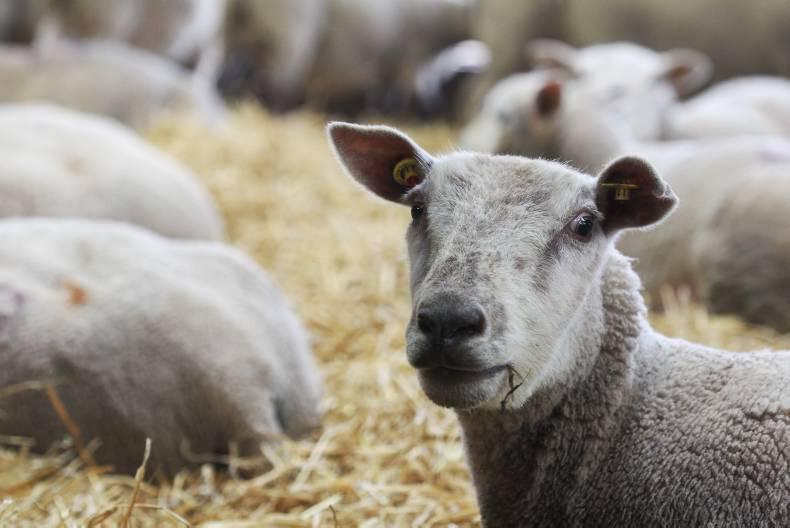The easiest way to identify grassland management problems is to weigh a random number of lambs, permanently mark and record their weight and reweigh at regular intervals.
An example of issues that can be identified is cobalt deficiency, which was found in the Athenry demo flock back in 2012. Lambs performed satisfactorily for two weeks post-drenching but their weight started to fall off in the third week.
Close monitoring was put in place to drench lambs every two weeks. Target liveweight gain for lambs post-weaning is at least 200g liveweight gain per day.
Creep feeding lambs at pasture
Maximising the level of creep fed and targeting supplying high-quality grass to lambs should be the focus where possible.
Studies completed at Athenry showed lambs grazing good-quality permanent pasture and perennial ryegrass swards achieving high levels of daily liveweight gain (200g+/day).
The lamb performance response to creep feeding depends on grass supply and digestibility. Increasing concentrate supplementation rates will reduce the days to slaughter regardless of sward height but it will increase costs significantly.
Decision to creep feed
The decision on whether or not to creep feed will depend on the farm’s circumstances and grass supply. For example, it may be beneficial for some farmers to move lambs faster if grass demand is increasing from weanlings or finishing stock.
Alternatively, there may be a role for creep feed where farmers are trying to finish ram lambs faster. The best response is achieved at lower supplementation rates of 300g to 500g per day.
Read more
Maximising lamb performance post-weaning: part one
The easiest way to identify grassland management problems is to weigh a random number of lambs, permanently mark and record their weight and reweigh at regular intervals.
An example of issues that can be identified is cobalt deficiency, which was found in the Athenry demo flock back in 2012. Lambs performed satisfactorily for two weeks post-drenching but their weight started to fall off in the third week.
Close monitoring was put in place to drench lambs every two weeks. Target liveweight gain for lambs post-weaning is at least 200g liveweight gain per day.
Creep feeding lambs at pasture
Maximising the level of creep fed and targeting supplying high-quality grass to lambs should be the focus where possible.
Studies completed at Athenry showed lambs grazing good-quality permanent pasture and perennial ryegrass swards achieving high levels of daily liveweight gain (200g+/day).
The lamb performance response to creep feeding depends on grass supply and digestibility. Increasing concentrate supplementation rates will reduce the days to slaughter regardless of sward height but it will increase costs significantly.
Decision to creep feed
The decision on whether or not to creep feed will depend on the farm’s circumstances and grass supply. For example, it may be beneficial for some farmers to move lambs faster if grass demand is increasing from weanlings or finishing stock.
Alternatively, there may be a role for creep feed where farmers are trying to finish ram lambs faster. The best response is achieved at lower supplementation rates of 300g to 500g per day.
Read more
Maximising lamb performance post-weaning: part one






 This is a subscriber-only article
This is a subscriber-only article





SHARING OPTIONS: